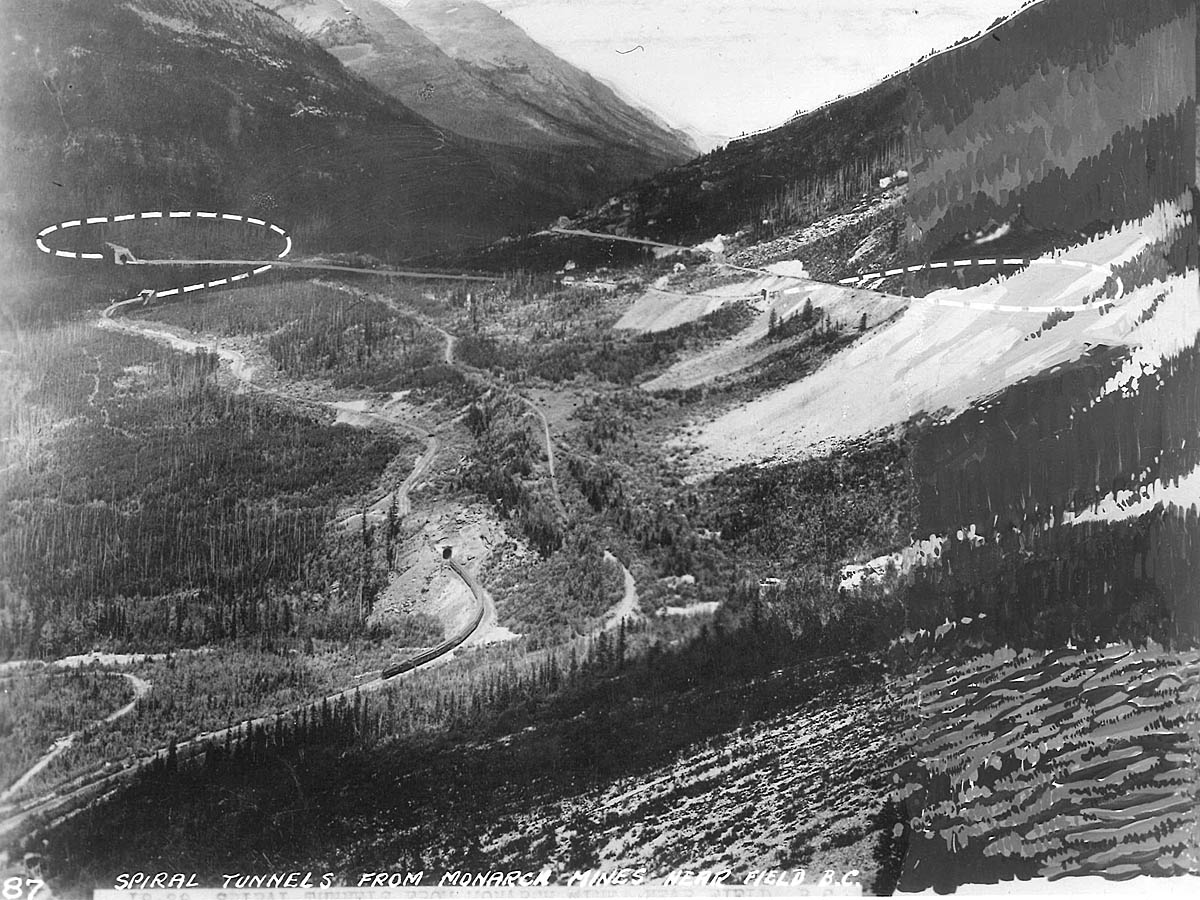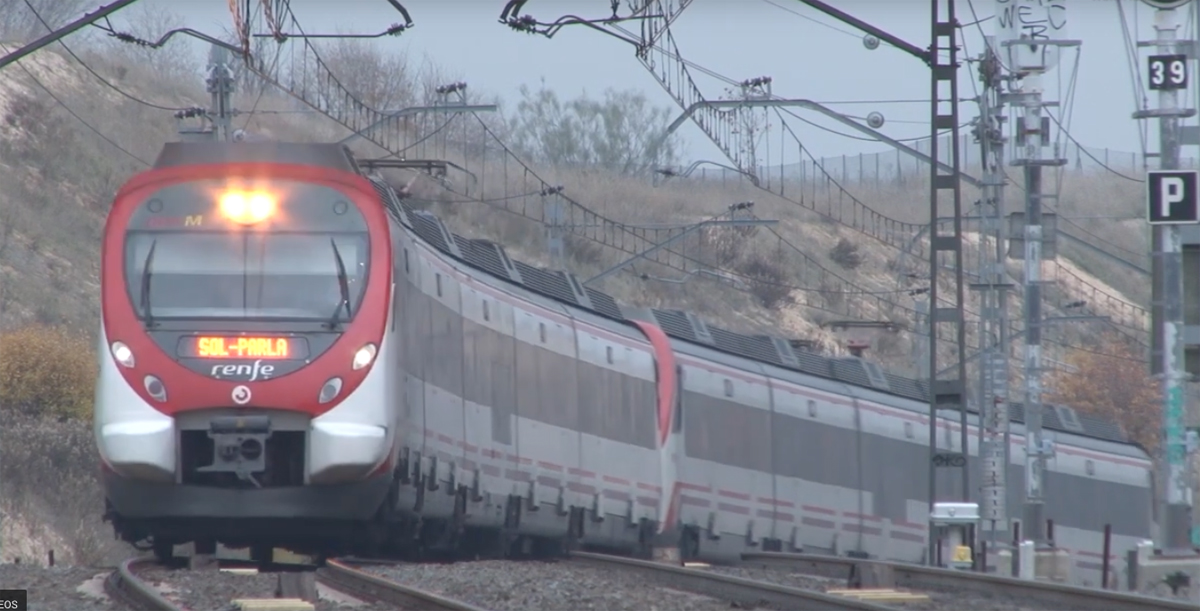Creel made the statements during the CP’s annual shareholder meeting in Calgary on Tuesday.
The CEO started his remarks with a moment of silence for the three railroaders killed on Feb. 4, when a loaded grain train derailed near Field, British Columbia.
“It’s a heartbreaking loss,” Creel says. “Words cannot express the sorrow I feel for the loss of these railroaders.”
During a question and answer period toward the end of the meeting, a shareholder asked how new Transport Canada rules regarding the application of hand brakes on trains in mountainous territory was impacting the railroad. The rule, which requires the application of hand brakes immediately following an emergency brake application, was implemented just four days after the derailment. CP and Canadian National both appealed the order and Creel further explained on Tuesday the company’s reasoning for the protest.
Creel says the new rule actually endangers railroaders and does little to increase safety.
“Transport Canada felt like they need to act and in their mind they’re acting in the best interest,” Creel says. “But when a railroader has to apply more hand brakes than necessary, you are injecting additional risk. To climb up and down a rail car when it’s 30 below zero to apply a hand brake that does not need to be applied injects (unnecessary) risk.”
Creel says there are better ways to safeguard the movement of trains in mountainous territory, including using technology to catch problems before they happen. He also says the railroad will consider building a siding near the summit of Kicking Horse Pass where trains can be safely parked if there is an issue and fully inspected before descending the grade.
Trains News Wire reached out to the railroad for additional information about the plan but a spokesperson says details are not yet available.
Late on the night of Feb. 3, a westbound grain train began to exceed the speed limit going down Kicking Horse Pass on the Alberta-British Columbia border. Unable to slow the train down, the crew made an emergency brake application near the summit. A few hours later, three men – conductor Dylan Paradis, engineer Andrew Dockrell, and trainee Daniel Waldenberger-Bulmer – relieved the grain train crew. A few minutes after getting on the train, and before getting clearance from the dispatcher, the train began to roll downhill on its own. The crew was unable to stop the train and it rolled downhill for about two miles. The train derailed at about 1:30 a.m. after exiting the Upper Spiral Tunnel. All three men aboard the train were killed.
The Transportation Safety Board of Canada is investigating the derailment.
Kicking Horse Pass, home the CP’s iconic Spiral Tunnels and known to local railroaders as “The Big Hill,” has been the site of numerous derailments and runaways in the past century. In fact, one of the first construction trains to descend the grade when it was completed in 1884, derailed along the Kicking Horse River, killing three people.
“This is one of the most challenging railroad territories in all of North America,” says James Carmichael, a senior investigator with the Transportation Safety Board of Canada.
The TSB has investigated at least three incidents on the Laggan Subdivision between Partridge and Field, B.C., in the past 23 years, including a derailment inside the Upper Spiral Tunnel in January.















Safety must be a priority. Railway management at CP have cut corners to save time and $$$ and compromise employee safety. This cannot be allowed.
You can’t.
I will preface my comment by admitting my railroad career did not include actually operating trains, so others will have more knowledge. But I believe in some circumstances, setting retainers, combined with modern dynamic brakes, should provide adequate control. Those circumstances include a fairly short stop while applying retainers, and also more normal temperatures. In this case neither circumstance was present, bitter cold combined with a wait of about three hours, on a train that seems to have had braking issues already.
One could speculate about how this might have played out if the original crew had been allowed to exceed their hours of service and get the train on its way immediately after setting the retainers.
While CN and CP may have valid reasons for appealing the blanket order by Transport Canada, it does eliminate the temptation on the part of management to take risks in marginal situations.
I’m not an expert on worldwide railroad operations but I can tell you that we used track skates on (hump) bowl tracks to prevent run outs and they were NOT reliable even in this usage case. Something tells me skates would not be effective on an entire train in mountain territory for mainline use.
From what i have read which may not be accurate, the train was in emergency for over 3 hours in -20 celsius with retainers applied but no handbrakes. TSB did a test of 13 loaded grain cars under similar conditions and the air bled off in brake cylinders. Now, bear in mind these are old grain hoppers, 1970s vintage.
Handbrakes are the only way to secure a train, an awful lot of them (50 or more since you cant do a handbrake test) depending on the grade, there should be a handbrake chart for this location
The incoming crew was out of time after the train went into emergency and they applied retainers. Were they instructed to do this?
The outgoing crew there was a conductor and a trainee so they could have worked together applying handbrakes.
Maybe they thought retainers and dynamic brake would be enough to hold the train while recharging maybe the train started moving before they could do anything which I think is the case.
On my railroad, anytime we have to leave a train on a steep grade, besides hand brakes we use a “skate” which is a curved steel device fitting between the rail and the wheel. It is the most foolproof safety device to prevent a runaway that I know of. Retainers are useful when going downgrade as they conserve air, but will not help to hold a standing train. At least that is my understanding.
Retainers, the answer to Al’s question. When the train is held by hand brakes what happens when hand brakes are released? Hand brakes are great tor leaving equipement, not attached not attached to an engine.Other than that they are limited in use.
I would like someone to explain how a train stopped on a steep grade in emergency can recharge the train line fully without being held by hand brakes.